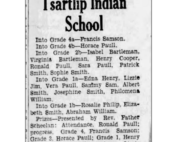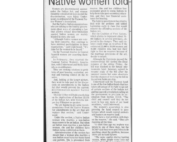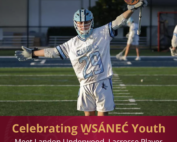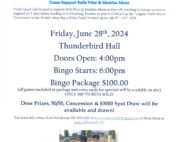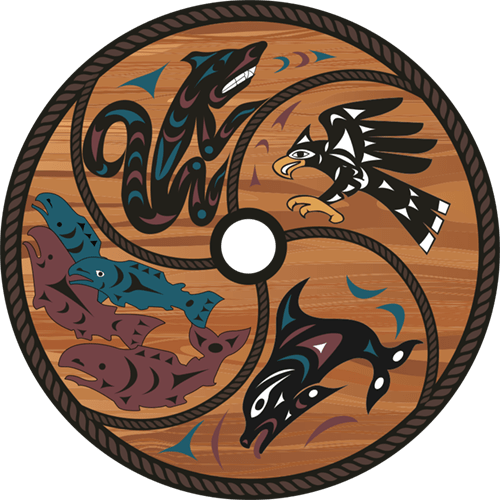TLC To transfer SISȻENEM (Halibut Island) to W̱SÁNEĆ Leadership Council.
Charity raises more than $1.55M to purchase and protect the ecological and cultural gem.
Shown above: SISȻENEM
Victoria, BC – The Land Conservancy of British Columbia (TLC) and the W̱SÁNEĆ Leadership Council are pleased to announce a landmark partnership agreement that will transfer title of SISȻENEM, a 9.67-acre island off the east coast of Sidney Island, from the charitable land trust to the W̱SÁNEĆ Leadership Council as an act of reconciliation. Also known as Halibut Island, the island was recently purchased by TLC for $1.55 million. The transfer will be historically significant as the first of its kind between a land trust and an Indigenous community in Canada. TLC will work together with the W̱SÁNEĆ Leadership Council to draft and register a conservation covenant and develop a co-management plan that will incorporate Indigenous land management principles that will provide access for cultural, education, research, and monitoring purposes.
SISȻENEM is an important cultural place for W̱SÁNEĆ people. Located immediately east of Sidney Island and many W̱SÁNEĆ villages, SISȻENEM was a place where W̱SÁNEĆ people would fish for cod, collect traditional medicines, and harvest camas. Most importantly for W̱SÁNEĆ people today, SISȻENEM will be a place where W̱SÁNEĆ people can be in peace.
Discussing SISȻENEM, W̱SÁNEĆ Elder SELILIYE (Belinda Claxton) reminisced about islands such as this and their importance for future generations:
“I remember, we’d go from island to island. We went to harvest seagull eggs and boxwood and different types of medicine. Or, during minus tide we would get sea urchins and stick shoes (chitons) . . . And, the fragrance of those wildflowers. Sometimes I get a whiff of it when I go out in the spring. It brings back such beautiful childhood memories. It was so natural and so pleasant to be able to see that when I was a child. This is the sort of experience I want my children and my grandchildren to have. I don’t want them seeing it in the picture. There are not many places like this left.“
The name SISȻENEM cannot be easily translated into English as a whole, but each syllable conveys a sense of what the place is to W̱SÁNEĆ people: SISḴ means “enjoying the sun,” ȻEN is a feeling of inner peace, and EM means a place where these things happen. Roughly SISȻENEM means sitting out for pleasure of the weather.
“Everyone living in W̱SÁNEĆ Territory is a subject to the Douglas Treaties. W̱SÁNEĆ people have Douglas rights and Aboriginal rights and title, and settlers have obligations to protect and honour those rights. This means that reconciliation is everyone’s responsibility. The return of SISȻENEM to W̱SÁNEĆ people by The Land Conservancy—with the support of generous private donors and Dr. Tara Martin—is a meaningful step in that direction. It shows that reconciliation doesn’t have to wait for government’s lead and that we can all do our part to protect the environment and help heal the W̱SÁNEĆ people. The phrase “Land Back” is no longer a euphemism. It’s finally a reality,” says Chief Don Tom, Tsartlip First Nation and W̱SÁNEĆ Leadership Council Chairman.
TLC was able to acquire the island with the support of one major donor to protect the site’s cultural, ecological, and geological significance after the island and donor was brought to the charity’s attention by Dr. Tara Martin, UBC Faculty of Forestry’s Conservation Decisions Lab Head.
According to Dr. Martin, “SISȻENEM is an ecological and cultural jewel. There are only a handful of islands like this left in the Salish Sea. When it came up for sale I knew I had to find a way to get it back into the hands of its traditional owners to ensure its stewardship and protection for generations to come.”
“We believe this is an historic event, the first time a Canadian land trust has transferred title of a conservation property to a First Nation as an act of reconciliation,” said Cathy Armstrong, TLC Executive Director. “We will be working with W̱SÁNEĆ Leadership and Dr. Martin to develop an eco-cultural restoration plan. TLC is humbly grateful for the opportunity to facilitate this ground-breaking transfer of title for the benefit of future generations.”
TLC will be raising funds this spring to support ongoing restoration and monitoring work on the island. For more information about SISȻENEM and how you can get involved, visit www.conservancy.bc.ca or call TLC at 1-877-485-2422.
Facts
• SISȻENEM supports Garry oak, arbutus, and Douglas fir woodlands, and open wildflower meadows. Garry oak associated ecosystems support many of Canada’s species at risk including the common nighthawk (Chordeiles minor) and popcorn flower (Plagiobothrys tenellus). In the spring, the meadows are carpeted with ḰȽO,EL (Great Camas, Camassia leichtlinii), Fawn lily (Erythronium Oregonum), and Chocolate lilies (Fritillaria affinis).
• Due to the lack of deer browse on SISȻENEM, researchers have identified an abundance of native species with cultural significance such as ḴEXMIN (Indian consumption plant, Lomatium nudicaule) and ḰȽO,EL (Great Camas, Camassia leichtlinii).
• Part of the same geologic formation as Sidney Island (Turonian), SISȻENEM is comprised of bedrock carved by the last glaciation, basal conglomerate, and sandstone outcrops containing exposed fossils of bivalves and mollusks including the beautiful ammonite fossils. This geologic formation on Sidney Island and along Island View Beach led to the discovery of mastodon and other prehistoric mammal fossils.
• Scientific research and educational programming regarding the eco-cultural restoration of the island will continue in partnership with the W̱SÁNEĆ Leadership Council, TLC, and Dr. Tara Martin, University of British Columbia.
About
The W̱SÁNEĆ Leadership Council Society is a unified, legal governing body comprised of three W̱SÁNEĆ First Nations: Tsartlip, Tseycum, and Tsawout. It aims to promote the interests of the W̱SÁNEĆ First Nations by enhancing recognition of, and respect for, W̱SÁNEĆ Douglas Treaty rights and W̱SÁNEĆ Aboriginal rights and title. The W̱SÁNEĆ Leadership Council promotes the W̱SÁNEĆ culture, traditional practices, and language, including the original W̱SÁNEĆmanagement of the environment as it was meant to be. The WLC also seeks to promote sustainable and equitable development of resources within W̱SÁNEĆ Territory.
The Land Conservancy of B.C. (TLC) is a non-profit, charitable Land Trust working throughout British Columbia. TLC’s primary mandate is to benefit the community by protecting habitat for natural communities of plants and animals. Founded in 1997, TLC is membership-based and
governed by an elected, volunteer Board of Directors. TLC relies on a strong membership and volunteer base to help maintain its operations. Learn more about TLC by visiting ww.conservancy.bc.ca.
The Conservation Decision Lab is led by Dr Tara Martin and comprises a team of post-doctoral and graduate students pioneering the development of methods to predict impacts of cumulative effects on biodiversity and transform these predictions into decisions to inform what actions to take, when and where to recover and conserve biodiversity. The Salish Sea is a focal point for their research. For more on what they do visit www.taramartin.org
Media contacts:
Chief Don Tom
Chair, W̱ SÁNEĆ Leadership Council
Chief, Tsartlip First Nation
Cell (250) 813-3315
Email chief@tsartlip.com
Cathy Armstrong
TLC Executive Director
Office (250) 479-8053
Cell (250) 588-4945
Email carmstrong@conservancy.bc.ca
Steph Troughton
Senior Manager, Communications
Faculty of Forestry, Dean’s Office
University of British Columbia, Vancouver Campus
Cell (604) 362-7706
Email Stephanie.troughton@ubc.ca
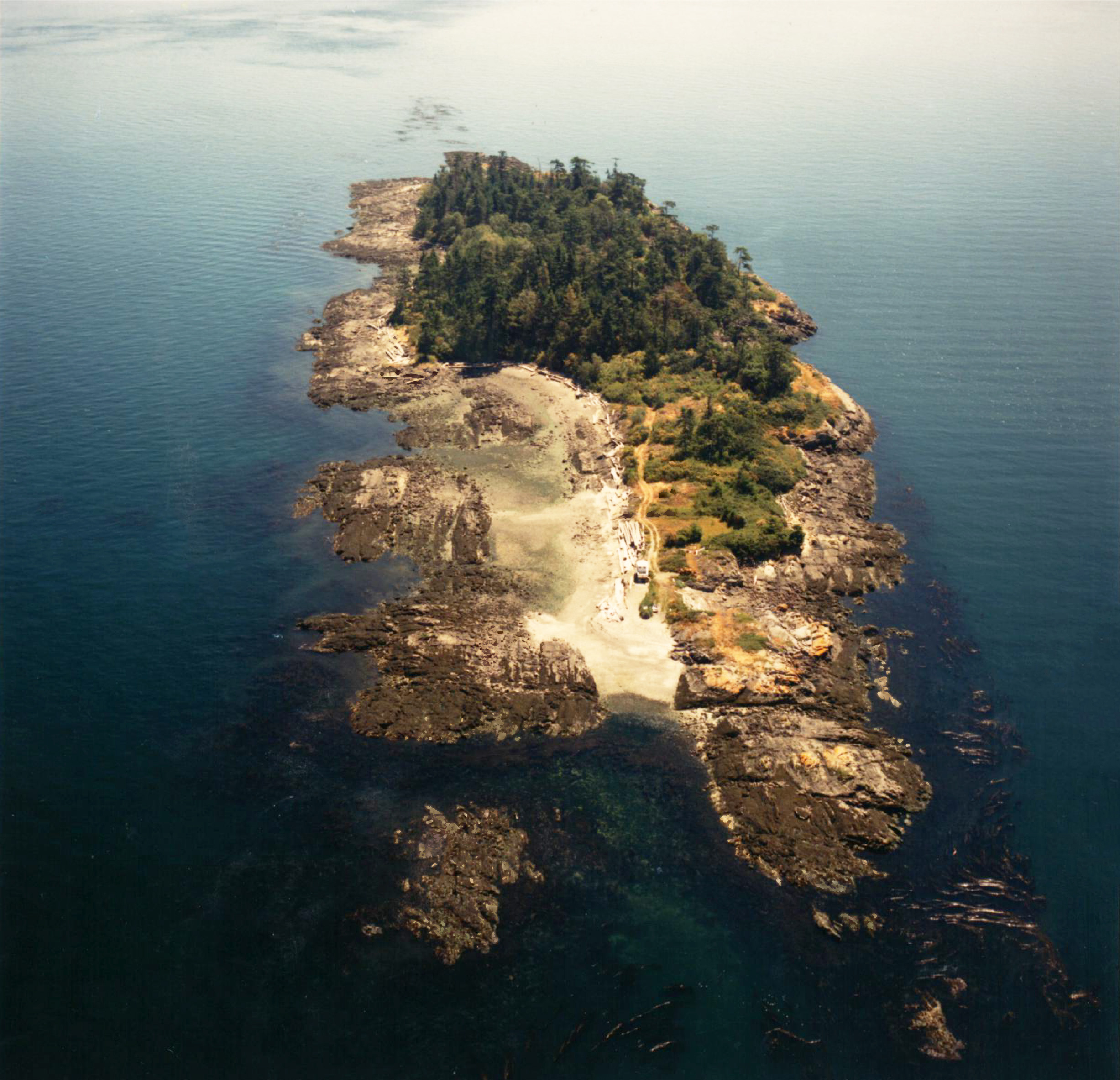
RECENT POSTS
How are we doing?
“Everyone living in W̱SÁNEĆ Territory is a subject to the Douglas Treaties. W̱SÁNEĆ people have Douglas rights and Aboriginal rights and title, and settlers have obligations to protect and honour those rights. This means that reconciliation is everyone’s responsibility. The return of SISȻENEM to W̱SÁNEĆ people by The Land Conservancy—with the support of generous private donors and Dr. Tara Martin—is a meaningful step in that direction. It shows that reconciliation doesn’t have to wait for government’s lead and that we can all do our part to protect the environment and help heal the W̱SÁNEĆ people. The phrase “Land Back” is no longer a euphemism. It’s finally a reality,” says Chief Don Tom, Tsartlip First Nation and W̱SÁNEĆ Leadership Council Chairman.


